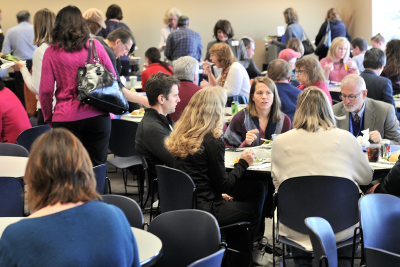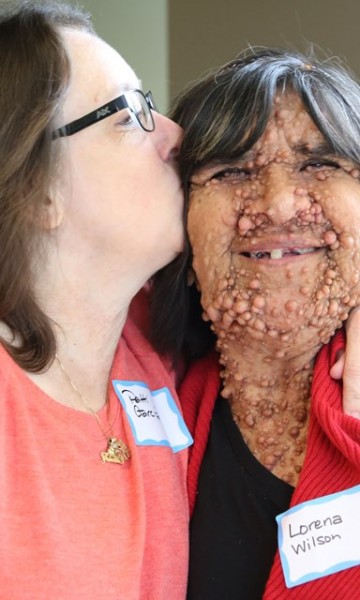What genes are related to neurofibromatosis type 1?
NF type 1 is caused by a mutation in a gene on chromosome 17. This gene provides the instructions for making a protein called neurofibromin. This protein is produced in many cells, including nerve cells and specialized cells surrounding nerves (oligodendrocytes and Schwann cells). Neurofibromin acts as a tumor suppressor, which means that it keeps cells from growing and dividing too rapidly or in an uncontrolled way. Specifically, neurofibromin regulates the activity of another protein called RAS, which promotes cell division. When the NF1 gene is mutated, it usually leads to a shortened version of the neurofibromin protein that cannot bind to RAS or regulate its activity. As a result, the RAS protein is more active. Cells are told to begin dividing and never told when to stop, causing the formation of tumors. As a result, tumors such as neurofibromas can form along nerves throughout the body. It’s not yet known how mutations in the NF1 gene lead to the other features of neurofibromatosis type 1, such as café-au-lait spots and learning disabilities.
Read more about the NF1 gene.







.png)





